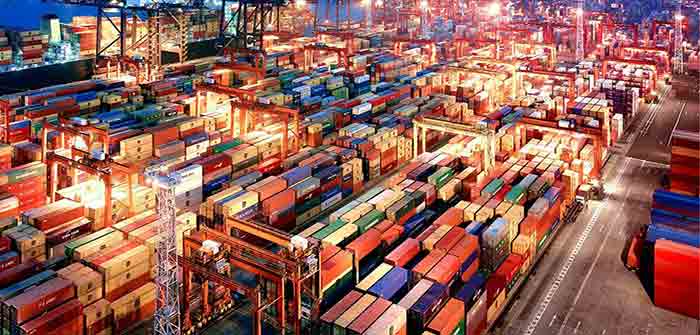
by Jim Nelles at The National Pulse
Do you remember being told inflationary pressures were transitory? You were told the same thing about the supply chain issues, and that our Secretary of Transportation, Mayor Pete, would fix everything once he returned from paternity leave. Much like inflation, the supply chain disaster is not transitory, and will likely be with us through 2023, when a pending global recession and stagflation will allow it to recover.
There are four major drivers of the supply chain problems the global economy is facing: challenges in Asia, ocean freight and port issues, over-the-road trucking issues, and labor.
Challenges in Asia.
Asia is a mess, given natural disasters and China’s response to COVID during the run-up to the Beijing Olympics.
Flooding in Malaysia in December has that nation’s manufacturing industry at a near standstill. As a result, exports have slowed and the chipmaking equipment supplier “BE Semiconductor (BESI) lowered its fourth quarter revenue outlook due to flooding affecting its main production facility in Malaysia.”
The Chinese Communist Party, in pursuit of its pre-Olympic “Zero COVID” policy locked down several cities in China. “Already, companies including memory-chip maker Samsung Electronics Co., German Automaker Volkswagen AG and a textiles company that supplies Nike Inc. and Adidas AG are suffering production hitches,” per the Wall Street Journal.
To compound matters, Chinese ports are at a near standstill, as COVID testing requirements create bottlenecks. According to CNBC, “current restrictions – like mandatory quarantines and testing – continue to slow down transport and cause delays…Products are piling up while ships are banned entry. Between negative PCR-test requirements and last-minute re-routing, 2022 is starting off like 2021 ended – chaos.”
